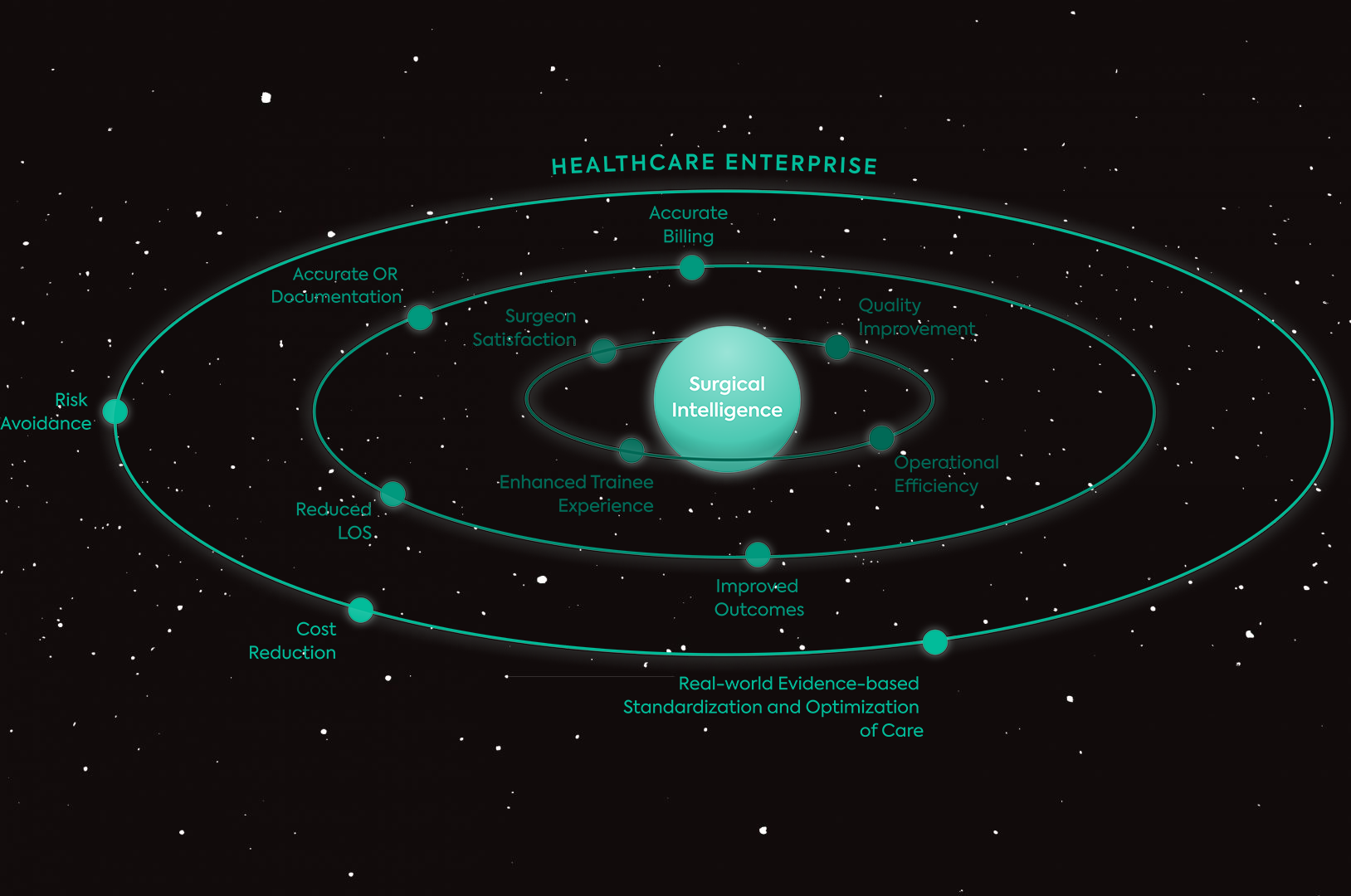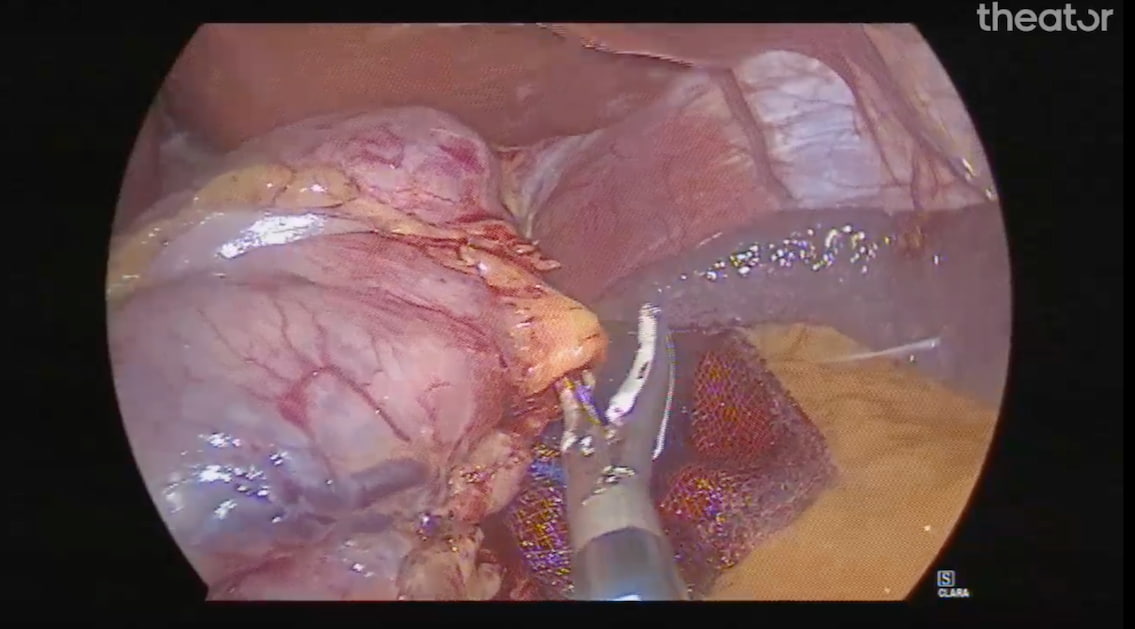What can hospitals and surgical teams start doing right now to reduce surgical variability?
Short answer – not a lot, at least not a lot without the help of technology.
Hospitals are grappling with variability in surgical outcomes, yet the ground truth, aka surgical video, is not routinely captured. And even if it is captured, surgeons are busy, and don’t have time to analyze all of that raw video data.
So what steps can hospital executives, administrators, and surgical teams start taking now to tackle surgical variability and all of its damaging effects?
Step one: Capture better data
Especially for minimally invasive procedures (both laparoscopic and robotic), where surgery is visually guided and therefore a camera is already there. Simply fostering a “culture of capture” for every procedure, whenever possible.
Automating capture is key to success:
As creatures of habit, changing institutional culture and habits can be a difficult task. At Theator, we’ve seen this first hand – this is why our Surgical Intelligence Platform doesn’t have a record button, it starts recording automatically.
Before implementing our automatic recording feature we were shocked to see the number of videos that weren’t being recorded. Even though the benefits were clear, and the technology was readily available to surgeons in the operation room. It became clear that automating this function was key to fostering a culture of capture.
Step two: Mine recorded surgical data
Once hospitals have created a ‘culture of capture’ they can mine the surgical footage to surface where variability exists intraoperatively to identify opportunities for improvement. This will make it possible to set specific goals and monitor adoption to programs put in place to achieve them. This entails reviewing, annotating or structuring the data, and compiling data points to make analysis possible.
Step three: Take advantage of new tech solutions
Hospitals must take advantage of new tech solutions to help. Sifting through all that surgical video manually can be extremely time consuming and resource-intensive, but there are platforms available now that can do it all for you — and connect the data to patient outcomes.
The ability to connect what happens intraoperatively to a patient’s recovery postoperatively, generates hospital- and surgeon-specific insights on how to improve the quality of surgical care.
Ready to start reducing variability?
Download our Beginners Guide to Surgical Variability eBook:













